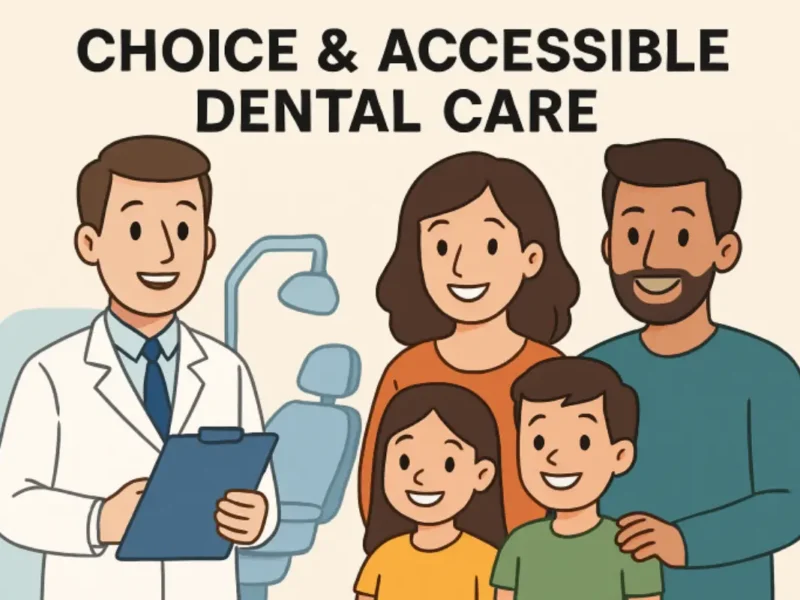Kids can learn valuable communication skills through play. Luckily, most communication games only require two players! Children love to share, so this classic communication game is excellent for families.
Communication Skills
Children with effective communication skills are more likely to succeed in school, the workforce, and other areas of their lives. However, many kids need help with face-to-face communication skills because they spend too much time on their electronic devices and need more practice. Communication activities offer an engaging way for children to learn the importance of expressing themselves clearly and listening attentively.
In addition to teaching kids about verbal communication, these games help them develop non-verbal cues, which are equally important for conveying their ideas and emotions.
Another great communication game for kids is Charades, which teaches kids to think creatively, pay attention to details, and use their bodies to communicate without speaking. They can also play a fun variation of this game called “Who’s the Leader” to develop their ability to read body language.
In addition, kids can engage in conversation practice by playing a game like Show-and-Tell with their family members. Children can take turns showing each other something that they love from around the house and then telling their family members about it. This communication skill is beneficial for kids to develop because it enables them to share experiences with others and connect with their loved ones.
Listening Skills
Communication games help kids learn to listen for and interpret verbal and non-verbal cues. It’s a vital skill that will help them in their personal and professional lives, now and well into the future. It may seem simple enough for a child to hear the sounds that enter their ears, but listening is an active process requiring much attention and focus.
Kids will also learn to read other people’s body language while listening, a key component of communicating effectively. For example, they’ll learn to maintain eye contact, showing that they’re paying attention and open to what others say.
They’ll also learn to let the other person finish their thoughts without interrupting, which is important in demonstrating empathy and understanding that everyone has different viewpoints. A fun way to practice active listening skills is with a game called “Guess the Thing.”
To play, have kids stand in a circle close enough to whisper. The first player will whisper a phrase into the next player’s ear, then pass it along to their neighbor until all players can guess the sentence. This fun game can be adjusted to any age group and is great for improving comprehension skills.
Creativity
One of the primary goals of communication games is to help kids develop their creative thinking skills. Creativity is imagining new possibilities and solutions beyond what has already been tried or thought of. It’s the kind of skill that can help kids find novel ways to communicate or solve problems, and it’s a key part of problem-solving and social interaction.
The scholarly literature on creativity is vast, and researchers have developed many teaching methods for kids. Some approaches focus on teaching students practical creativity techniques, like Alex Osborn’s brainstorming technique or Genrikh Altshuller’s Theory of Inventive Problem Solving. Others take a more philosophical approach, examining the nature of creativity itself.
Another effective way to teach children creativity is through picture-telling, which promotes descriptive language and storytelling. This activity requires players to describe what they see in a picture and then tell a story about the image.
It also helps kids hone their verbal communication skills, including conveying different emotions using facial expressions. For an extra challenge, you can even play charades with your child to boost their verbal communication skills while promoting creative thinking and imagination.
Social Skills
Social skills are a key part of successful communication, and they help kids to interact with one another and understand other people’s emotions. Children with poor social skills may struggle to learn in the classroom or make friends. Practicing these skills at home can give them the confidence and motivation to succeed in their relationships at school and beyond.
One way to practice listening skills is by playing “telephone.” This game involves players sitting in a circle and whispering a message to the player next to them, who then tells that message to the next person, and so on. It’s an effective way to demonstrate how important it is to communicate your ideas.
Another great communication skill is eye contact, which encourages a more intimate connection. Many children struggle to make eye contact, so teaching them how to do this effectively is essential. Some schools offer groups for kids with social anxiety or other challenges that help them build social skills, which are also a good place to practice.
Other social skills bolstered by using communication games are turn-taking, sharing, complimenting and accepting compliments and respecting personal space. These skills are essential for maintaining healthy friendships and developing productive work habits, so it’s vital to incorporate them into your child’s daily life.



